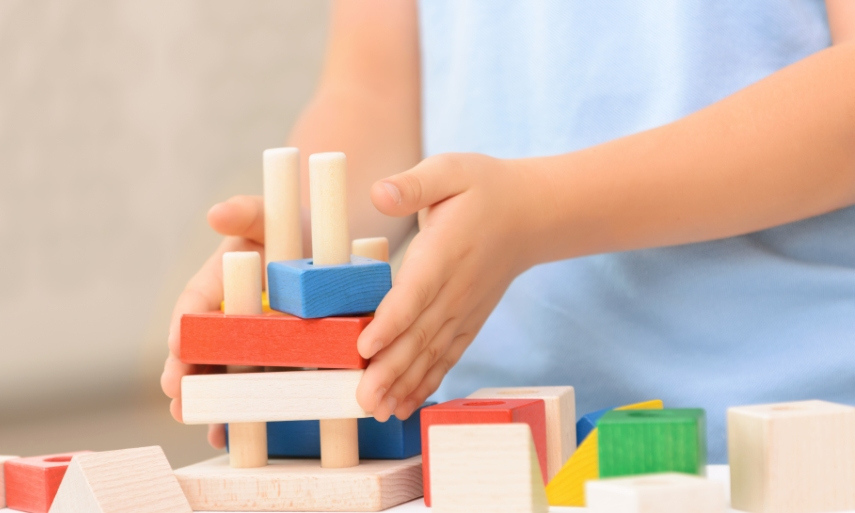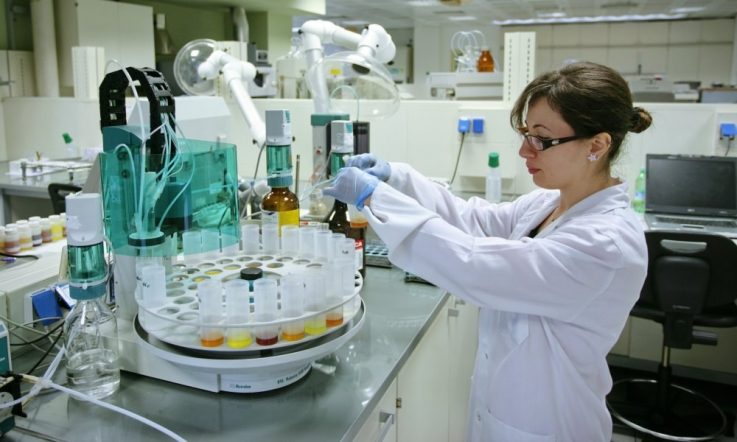How early should educators be introducing children to the basics of science, technology, engineering and mathematics, and engaging them in STEM-related learning activities? An Australia-wide research project is zeroing in on preschool.
The Early Learning STEM Australia (ELSA) Pilot launched in Term 1 involves more than 300 educators and 3300 children in 100 preschools. The play-based program is aligned to the Early Years Learning Framework (EYLF) and includes digital apps to support students, educators and families.
The year-long pilot is being led by the University of Canberra's Centenary Professor of Education, Tom Lowrie, and run by its STEM Education Research Centre (SERC). Lowrie, who is the Director of SERC, tells Teacher the aim of the project is to explore the extent to which the program can engage preschool students – generally aged four – in learning activities associated with STEM thinking.
‘As you know, in an early years environment, there's not specific STEM curricula. So our take on STEM is somewhat different than the way in which it's defined elsewhere,' Lowrie explains, adding the focus is on practices that underpin STEM. ‘It's theoretically based on the concept of “practice architectures”. Basically that, in any given situation, you need to be thinking about methods, values and ideas, and there has to be this interaction between [them].
‘So for us – What are important STEM methods? What are important STEM ideas? What are important STEM values?'
The program is designed to use play, having fun, experimentation and investigation to help children familiarise themselves with STEM practices and thinking. For the digital element, the team is developing an educator app for assessment and monitoring, and a family app that gives parents and carers ideas for how their children can engage with STEM practices at home. ‘Things to do on holiday, things to do on rainy days, things to do at the beach, things to do near the river … so that parents can feel engaged in the program.'
There are also four apps for the students, but Lowrie says the program doesn't rely on this method of delivery – around 80 per cent of the learning is off-app. He stresses the team is very mindful of screen time issues, and the general rule of thumb is if an activity can be done just as well in a play-based environment then it should be off-app.
The pedagogical framework is based around an ERA model: Experiences (children undertake experiences before they get to use the app); Representation (the app representation of those experiences); and Application (children applying those experiences through play-based engagement beyond the app). ‘So, rather than just develop four learning apps we've develop a program for a STEM engagement for four terms of the calendar year.'
The first app, engages children with patterns and relationships. The second is based around location and arrangement to engage children's spatial reasoning. ‘There's a body of literature that says people who go into STEM professions (we're talking about 24-year-old plus) – the biggest predictor is their spatial reasoning ability. [There's also] a lot of work that says children with well-formed spatial reasoning skills at preschool and school age are highly likely to have really good numeracy and mathematic skills by Grade 6. And then there's another body of research that says those that move into STEM professions, whether it's engineering or coders or actuaries or mathematicians, are likely to have these high spatial skills.'
Giving an example of how the program aligns with engineering and the STEM method of designing and making, Lowrie explains the third app focuses on how children decode and encode information and features a range of hands-on activities, including making musical instruments and then creating instructions so others can make their designs.
Although the target audience is preschoolers, educators are encouraged to introduce specific vocabulary. ‘… children can spell Pokémon and Pikachu … and all sorts of different Pokémons and they can name all those characters and name all of their attributes and characteristics and strengths and weaknesses at [age] four. So we don't dumb it down. We give them very explicit spatial language, we give them very explicit verbal language and we give them very explicit contextual language, but of course we do it in ways that are authentic, connected to what they're doing, and we don't hide from it at all.' For example, in one spatial skills app activity ELSA characters are taking photos of one another and children have to interpret the 2D photo and decide which character was behind the camera. ‘We explicitly talk to the children about perspective taking and orientation and rotation, which are really important spatial concepts.'
The fourth app is still in early production. It's an investigation tool to engage students with logical reasoning – interpreting evidence, making informed decisions based on the evidence and having the flexibility to change tack once more evidence comes to light. ‘It's a really good way of introducing to them some really important STEM values – that is, that you can make an informed decision based on the evidence that you have, but when you have more evidence, you have to have that flexibility of being able to change that way of thinking once the extra evidence comes,' Lowrie says.
The project is being funded under the Australian Government's National Innovation and Science Agenda.
Stay tuned: We'll be speaking to one of the educators involved in the early years STEM pilot.
Related reading
Lowrie, T., Downes, N., & Leonard, S. (2017). STEM education for all young Australians. A Bright Spots Learning Hub Foundation Paper for SVA, in partnership with Samsung. University of Canberra STEM Education Research Centre.



